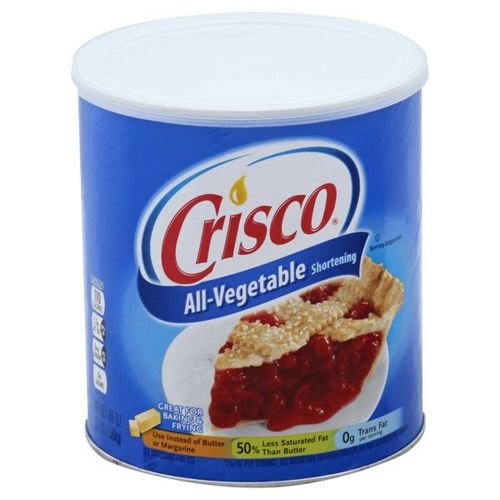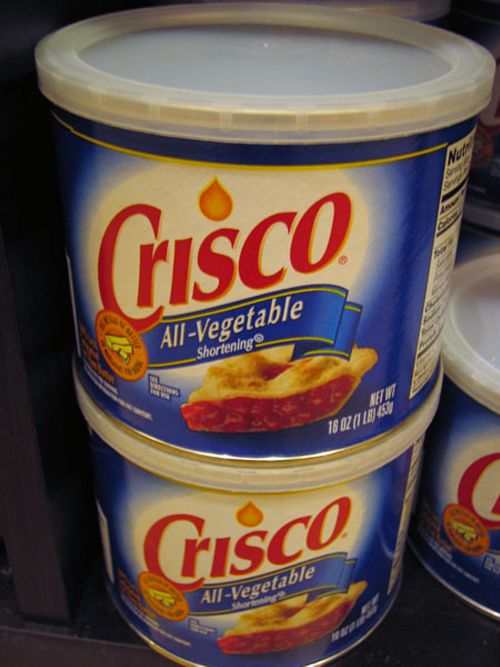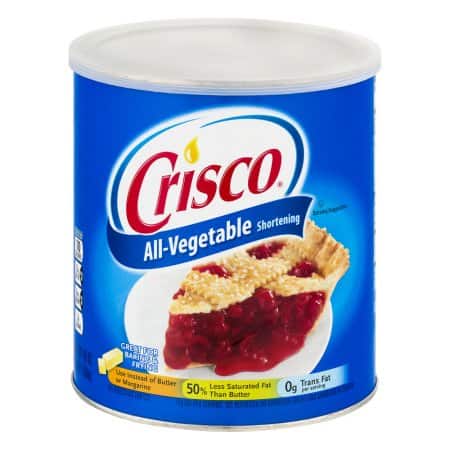
Vegetable shortening is any fat (solid or liquid) that’s used to create delicious crumbly dough and other baked goods. While butter is often used for creating pastry, the word “shortening” generally refers to butter and not margarine. The truth is, margarine is actually a type of shortening. Margarine is made from oil, water, and a bit of sugar. This type of butter is preferred by many bakers over butter, mainly due to its melt-and-spread properties and its low fat content.
What is shortening? Shortening is a term that’s used to describe two different types of fats that can be found in a baking recipe. First is butter, which is made by heating fat until it becomes liquid and then adding some sweetener (usually sugar) to it to form a buttery spreadable texture. Second is shortening, which is the exact same process except instead of using sugar, it’s made from lard (and rendered animal fat). In both cases, this is a more refined form of the original fat.
Shortening isn’t something that you should really have to worry about though. There are three main types of shortening that people use for baking. Each one is actually categorized under its own name, as it contains different characteristics.
Olive oil is created when a plant like olive or canola oil is pressed. The resulting fat contains a high amount of monounsaturated fat. It’s considered to be one of the healthier oils because it doesn’t raise cholesterol levels very much and it is also believed to be good for heart health. It’s a relatively cheap cooking ingredient as well, which makes it ideal for baking. Just be careful that you don’t leave it in too long as it will start to harden and you won’t get the rich, flaky texture that the rest of the fats give.
Virgin coconut oil has the best flavor of all the coconut oils. It’s a little expensive than olive oil, which makes it difficult to find at your local supermarket. However, this type of oil has a nice natural fragrance to it that makes it taste great in recipes. It does however, have some health benefits. The reason is that the saturated fats that make up virgin coconut oil help lower cholesterol and reduce blood pressure. Also, they’re believed to help prevent certain cancers as well.
This kind of shortening also comes from lard, which is created by taking the fat from the outside of the pig’s ear.

Although the fat is still considered to be solid fat, it’s still considered to be edible since it’s separated from the skin. Some people call it rendered fat.
Vegetable oil is also created from lard, although this type of fat is considered a type of rendered fat. This fat is generally considered to be less desirable than virgin coconut oil since it lacks its flavor and scent. The reason it’s less desirable is that it tends to stick to food and makes it harder to spread evenly.
Knowing what is shortening will help you determine which one you want to use in your recipes. It may even help you decide on which oil to buy. For example, if you are baking bread, you may want to choose a cheaper oil or one that tastes better.
You may also want to stay away from vegetable oil that has been processed or hydrogenated. These oils may be considered to be healthier for you, but when you cook with them, they tend to stick to everything and they are difficult to spread evenly.
Knowing what is shortening will also help you choose which brands of vegetable shortening are the best. Since this is something that is not easily found in stores, you may need to do a bit of research online. If you know where to look, it should be fairly easy to find a product that’s both healthy and cheap.
Knowing what is shortening will help you make the right choice when buying vegetable shortening. As long as you do your homework, it should be fairly easy to figure out which oils are the best for you.
